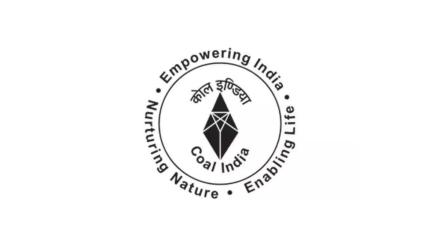The government has identified five abandoned mines under the aegis of Western Coalfields, a subsidiary of Coal India Ltd to convert these into pump storage projects, an official aware of the development told FE.
“We have large mines where coal projects have been completed. We are doing a survey of these mines to see how many can be utilized for pump storage projects. We have already identified five in WCL,” the official said.
Moreover, the government is targeting de-coaled mines in Jharkhand and Madhya Pradesh for establishment of such projects and expects to complete the survey of remaining mines in two months. “We are looking at abandoned mines especially in Jharkhand and in Madhya Pradesh, wherever the mining was completed, those mines we want to take up under PSP,” said the official.
Last year, the government said that it has identified 20 abandoned mines for evaluation and feasibility study for developing pump storage projects in these. It has also directed stakeholders for consultation with agencies who may be interested in undertaking such projects. The business model like EPC (Engineering, procurement, and construction) contracts or PPP (Public-Private partnership) can be established for developing pump storage plants.
Coal India’s consultancy firm, Central Mine Planning and Design Institute (CMPDI) that provides research and support for mineral exploration, mining and infrastructure engineering, among others has also taken up research and survey of de-coaled mines suitable for PSP projects, the source said. Presently, over 200 de-coaled mines with huge land area are available in the country.
“In a couple of months we will have complete details of the number of projects we can take up and what would be the likely capacity of power generation and which project to take up first and how we take it up,” the official said.
Pumped storage power plants use gravity to generate electricity using water where two reservoirs at different heights generate power as water moves through turbines. During periods of low demand, the water is pumped into the higher reservoir. When demand is high, the water is released to drive a turbine in a powerhouse and feed electricity into the grid.
A recent report by The Energy and Resources Institute (TERI) had recommended that discarded mines could be used as hydro storage and enable development of PSPs. Experts believe that renewables-plus-pumped hydro storage produces cheaper power than new thermal power plants and are cheaper than battery energy storage systems.
As the country envisages addition of 500 GW of renewable energy capacity by 2030, hydro power remains amongst the most suited renewable energy source after solar energy. As of January, the country has 46.9 GW of installed hydro capacity. The country’s total pump storage capacity stands at 4.7 GW, according to the latest government data available.
The growth of PSPs in the country has been slow due to a variety of factors including long gestation period, capacity being location dependent, requirement of Environment Clearance, etc.
